Review: ASUS ZenFone 2
 Friday, June 5, 2015 at 4:30PM
Friday, June 5, 2015 at 4:30PM 
By Gadjo Cardenas Sevilla
The Asus ZenFone 2 is clearly designed as the company’s best vision for a modern Android smartphone. That they have managed to make it affordable and available contract-free, really shakes up the market and puts the ZenFone 2 at the very top tier of available affordable Android devices.
ASUS has made one of the most compelling 5.5-inch smartphones in the market today. The Zenfone 2, which comes to Canada this June, is designed as an affordable and contract-free option for anyone looking for a larger Android smartphone with all the power and functionality to match more expensive models from established competitors.
A product of many firsts, the ASUS ZenFone 2 eschews the usual Qualcomm or NVIDIA processor for one of the first Intel Atom mobile processors designed for high-end smartphones and tablets. Both ASUS and Intel are avowed PC companies, so seeing them team up to take on the North American mobile market in this one device is surprising and very exciting.
Available in Canada online an unlocked via Expansys.ca and Newegg.Ca, the ASUS ZenFone 2 starts at CAD $249.99.
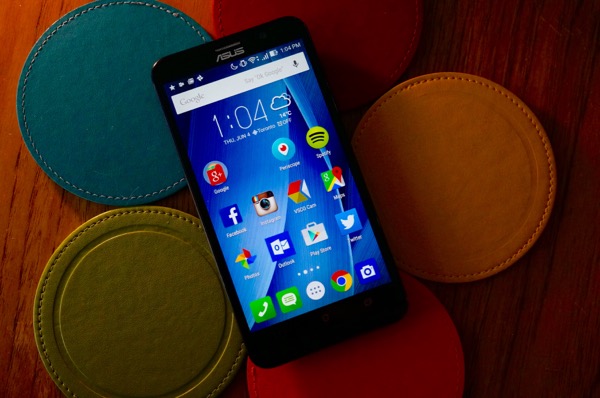
ASUS has put a lot of its heart and soul into the creation of the ZenFone 2, and the result isn’t just impressive, it is downright inspired, specially for a model designed to herald the company’s desire to enter a new market. It may be easy to dismiss ASUS as a smartphone maker, what could they possibly bring to the table?
But seeing as ASUS designed two of the most impressive Nexus products (both Nexus 7 tablet models), they do know a thing or two about creating powerful yet affordable Android hardware. The ZenFone 2 is well built, has a great screen, a good camera and a long-lasting battery.
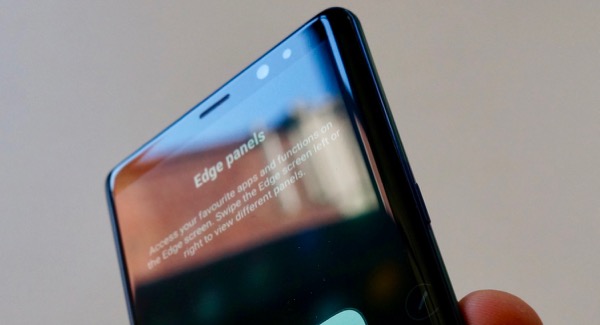
It is the first Android device of this type to feature dual SIM Cards. One card can take advantage of 4G-LTE data and voice (my TELUS SIM Card works just fine), and the second SIM card will manage 2G voice calling. This may not seem like a huge feature if you never travel, but if you do go to Europe or Asia, it is now possible to pop-in an inexpensive prepaid SIM card for calling. To have that ability in the device you already use while keeping your original SIM card is a great convenience.
The ZenFone 2 punches above its weight class with the type of features more expensive competitors are highlighting as reasons for their higher price.
Fast Charging, a feature that allows you to charge your device to up to 60 per cent battery capacity in 30 minutes, is represented here as BoostMaster technology manages to quickly charge a depleted ZenFone 2 in situations when you don't have much time. Waking the phone by tapping on the display, sometihing that more expensive devices tout as a main feature, works as standard feature on the ZenFone 2.
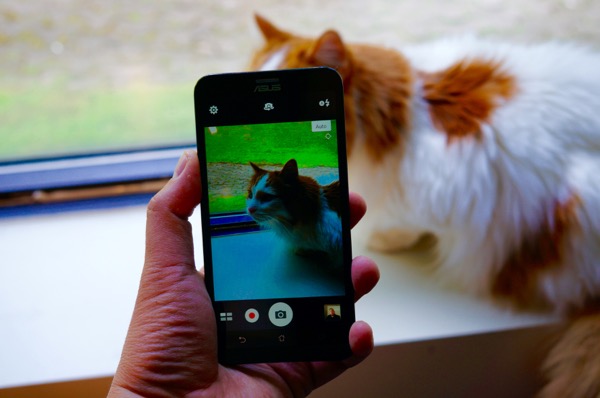
I’ve been using the ZenFone 2 as my main Android device for the past two weeks and have put it through various day-to-day tests and I have managed to get a good feel for what this new class of affordable flagship smartphone has to offer, as well as many areas where it still needs improvement.
Overview:
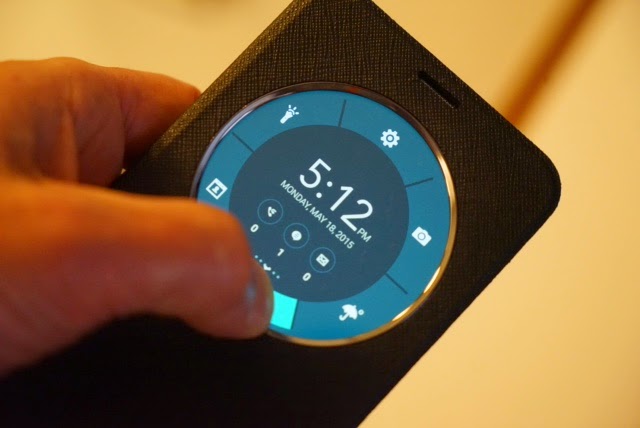
The Asus ZenFone 2 is clearly designed as the company’s best vision for a modern Android smartphone. That they have managed to make it affordable and available contract-free, really shakes up the market and puts the ZenFone 2 at the very top tier of available affordable Android devices. This is a device worth considering if you are looking at the OnePlus One, the Moto G and the Nexus 5.
At first glance, the ZF2 is a dead-ringer for the LG G3, with rear volume controls resting on the back under the camera. The hairline design of the rear case also recalls LG’s flagship line but the prominent Intel logo, promises something different.
ASUS ensured that the ZF2 had very thin bezels and a remarkable 72% screen to body ratio. They managed to make this larger 5.5-inch smartphone look and feel smaller than it actually is with thin edges as well as an arc design that makes it feel good in the hand.
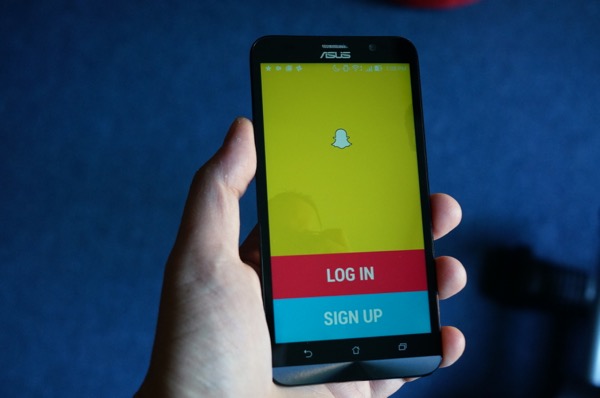
At this size, one handed use is barely possible, but because the volume buttons are at the rear, this makes some of the control easier. The rear buttons also work as camera triggers, which makes taking selfies easier.
My review unit is the higher end model with 64GB of storage as well as the Intel Atom Quad Core 2.3 GHz processor and a whopping 4GB of RAM. Aside from the onboard storage, ASUS also offers 5GB of lifetime free WebStorage and an open slot for an additional 64GB of microSD storage. This should satisfy most user's needs for photos, videos, documents and games on their device.
The 5.5 inches, Full HD IPS display has a resolution of 1920x1080 and features Gorilla Glass 3 which we've come to expect for a device of this size. The display is bright and crisp, I've used it to watch TV via the Slingbox app as well as run videos from YouTube and Netflix and it is more than adequate.
As you can imagine from such over-the-top specs, the ZF2 is quite fast and can easily run any app or game designed for the latest Lollipop flagship phones.
Coming from an HTC One M9 and a Nexus 6, I found that the ZenFone 2 handled all my apps just as efficiently as those two superphones and multitasking was always efficient.
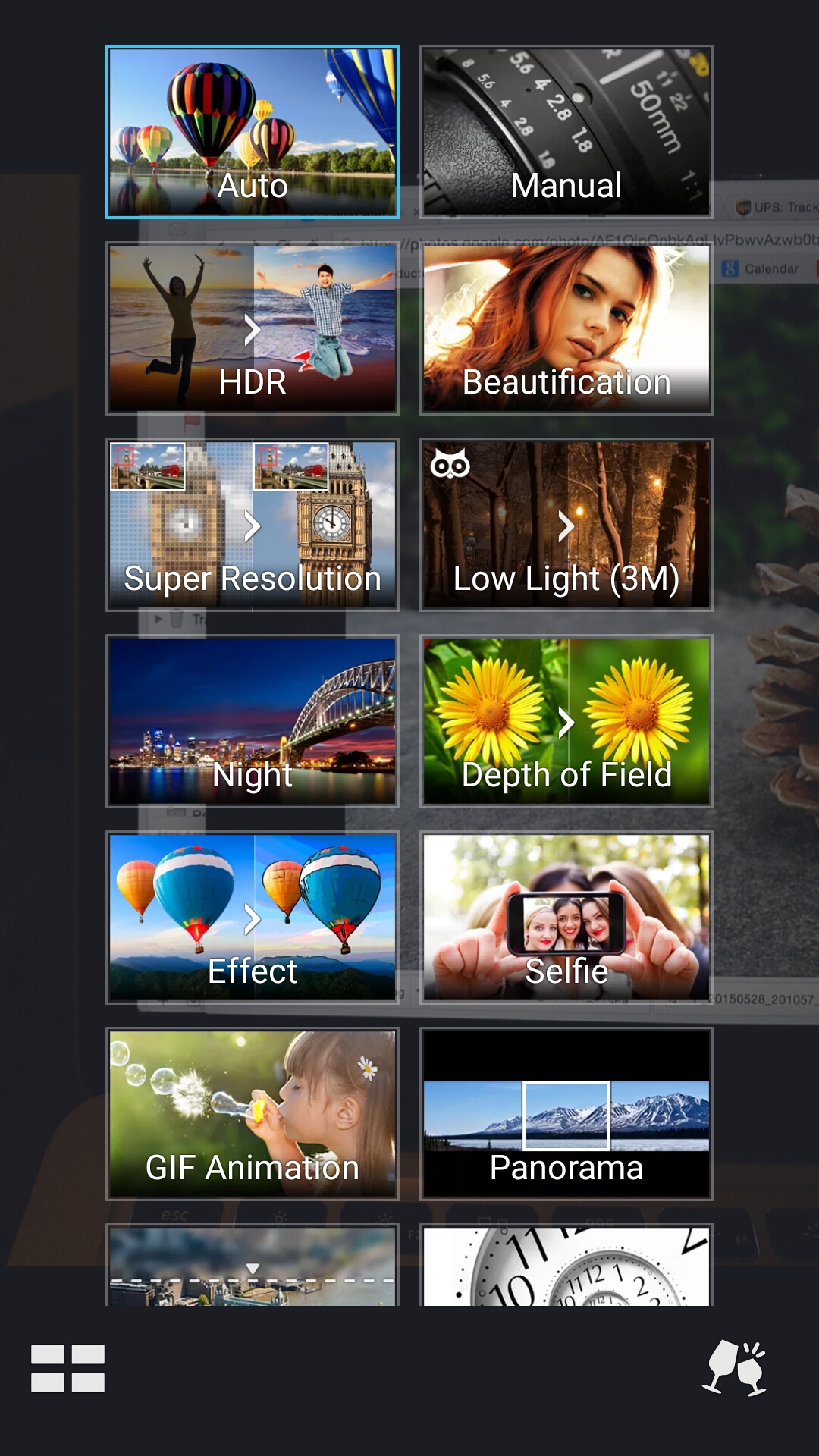 Some applications don’t work as seamlessly as they would on other, non-intel powered devices. When the popular Periscope app came out for Android a week or so ago, I quickly downloaded it as soon as I could.
Some applications don’t work as seamlessly as they would on other, non-intel powered devices. When the popular Periscope app came out for Android a week or so ago, I quickly downloaded it as soon as I could.
While I was able to launch the app and watch some people’s broadcasts, I couldn’t enable the camera or broadcast from the ZenFone 2. Periscope, which is owned by Twitter, pushed out a bunch of updates and the most recent on seems to have fixed the issue.
ZenUI is a mixed bag. Some of the applications are just barely tolerable while other, like the camera settings app, are outstanding.
Here, we see ASUS's legacy as a PC maker transfer over to the mobile world. PCs are notorious for bloatware and proprietary software that manufacturers want you to use. A lot of this stuff is unecessary or, is already being addressed by Android Lollipop.
There have been around four system updates (mostly firmware) since I've had the ZenFone 2 and they've made the device more efficient and seem to have solved some problems with certain apps that wouldn't load properly or work at all.
The camera app on the ZenFone 2 offers an almost Sony-like menu of settings that's dead easy to use and can give any user access to the versatile camera features. A more granular manual setting option is also available.
Other interesting software features are ZenMotion, which allows users to draw letters on the display to invoke certain apps of features (i.e. draw the letter 'C' to open the camera). Other included utilities are Clean Master, Power Saver, Kids Mode, A Mirror app and one of the best Flashlight apps we've seen on a mobile device.
With the 64GB version, it's not an imperative to want to delete many of these apps. For the most part, you can simply place them in their own folder and ignore them if you don't like them.
Camera
The ZenFone 2 features a 13 megapixel camera with 5 element lens and a wide F/2.0 aperture plus a dual tone LED flash and a blue glass filter. These are impressive specifications and backed up by software that can really make the most out of the specs.
The camera also promises great low light performance with the ability to work with as little as one candlelight of illumination on a scene, while not something many will be excited about, it signifies for far invested ASUS is with their camera software and hardware.
Photos from the ZenFone 2 are very good. A large sized sensor and more megapixels can capture more detail and nuance, the low-light capabilities are above average, and I found that I enjoyed taking photos and editing them on the ZenFone 2 more than say a Galaxy S6 or an HTC One M9. This is a matter of preference, of course, but ASUS gives a very good range of capabilities for their camera and it is easy to use.
Getting great detailed photos, macros and images with bokeh and specially food shots and portraits is possible not just because of the hardware but the easy to use software.
As a smartphone, the ZenFone 2 handled calls and data from TELUS as well as WIND SIM cards quite well within the GTA. Call quality is good although the speaker for handsfree is a bit tinny and soft and is one feature that could really use some improvement. One aspect that worries me about the ZenFone 2 is the availability of updates. It comes with Android 5.0 but there's no indication that it will receive newer Android versions and how long it will take before they arrive.
Conclusion
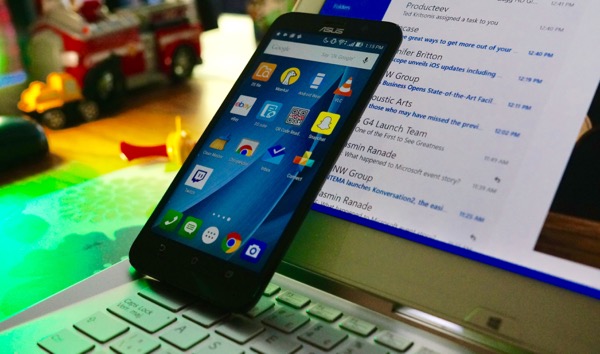
The ASUS ZenFone 2 is an impressive device, and not just from a value for money standpoint. By offering a large display, powerful processor and expandable storage space as well as a solid camera and software combo, ASUS is really trying to give users the features they look for in more expensive devices. With the affordable starting price and contract free option, the ASUS ZenFone 2 is a no-brainer for anyone looking for an awesome deal in a large smartphone.
This is a smartphone I would buy and use, it is a competent Android device and while the ZenUI might not be to everyone's liking, it isn't as invasive or annoying as some other manufacturer's attempts at upstaging Google's OS.
With the ZenFone 2, ASUS is issuing a clarion call against overpriced smartphones and phablets. Here's a smartphone that matches many flagship devices in terms of specs and capabilites, it runs similar software and apps, has an all-day battery and makes all this technology accessible without the need for a contract and at a sensible price. I really hope consumers take notice and consider what the ZenFone 2 has to offer.
Rating: 4.5 out of 5




















Reader Comments